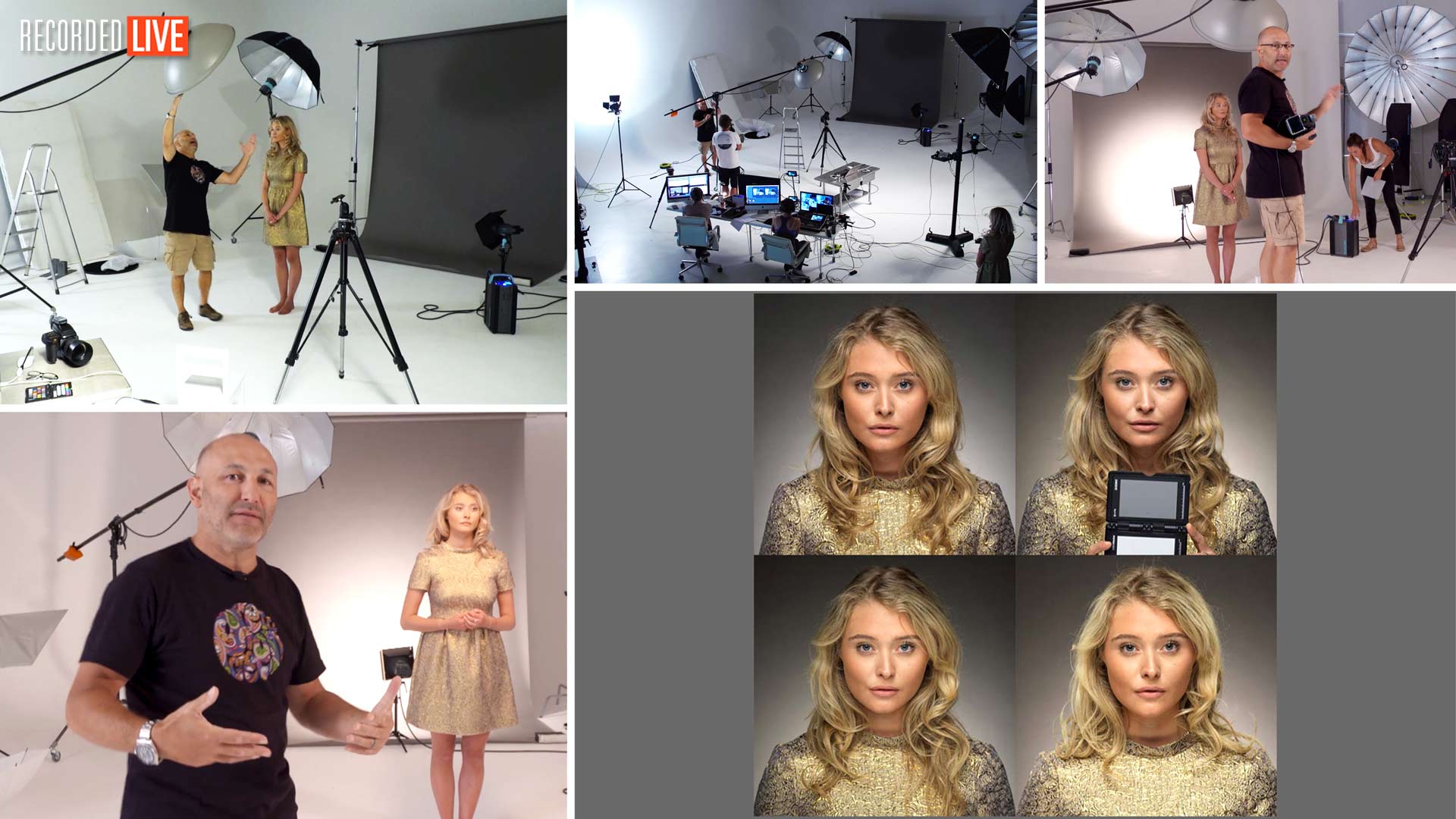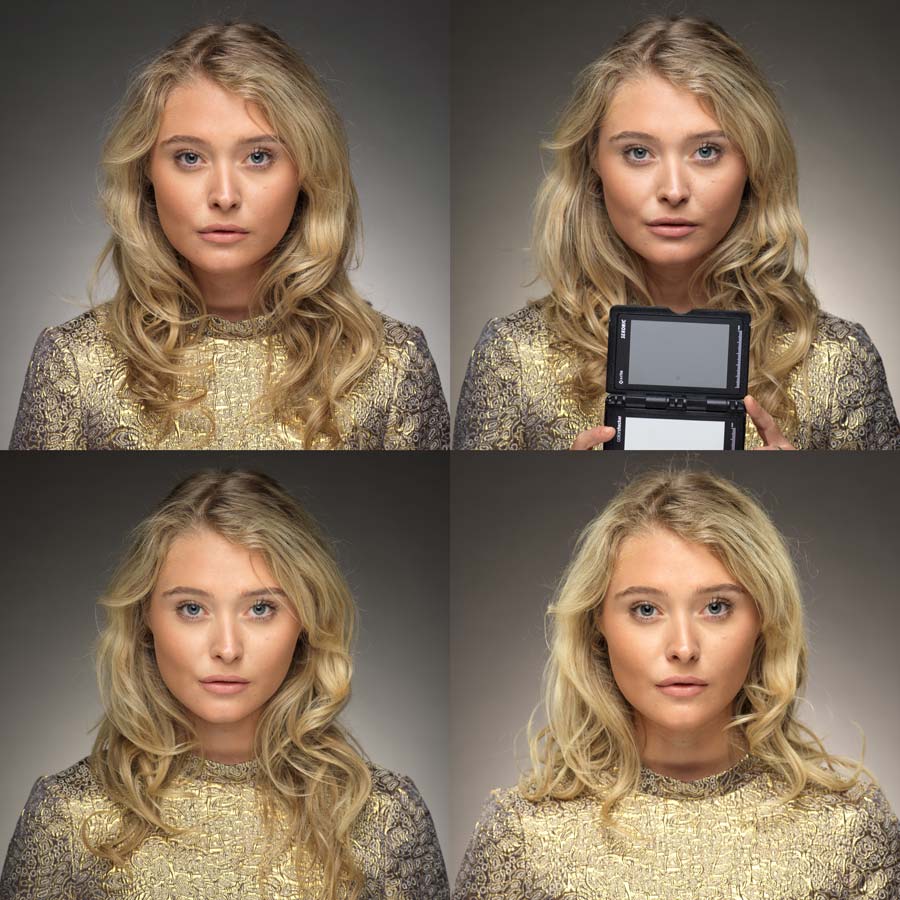Mastering the Beauty Dish
Go deep on the dish.
In this photography workshop, recorded LIVE, professional photographer Karl Taylor demonstrates what you can achieve with precise control and in-depth knowledge.
This class is devoted to that highly popular lighting modifier, the beauty dish. Shooting live, he demonstrates some of the most effective ways to use the beauty dish and also provides comparisons between that and other popular lighting modifiers.
This step-by-step shoot provides clear explanations of how the beauty dish works, the best ways to use the beauty dish and common modifiers that could be used instead. It’s an insightful show that sheds light on a commonly misunderstood yet popular modifier.
In this workshop:
- What is a beauty dish
- How to use a beauty dish
- How to modify a beauty dish
- Using a beauty dish in a multiple-light setup
- Lighting modifier comparisons: Beauty dish vs umbrellas
You can read more about the beauty dish here, and you may also find this beauty dish lighting for fashion photography interesting.
Questions for Karl? Post them in the comments section below.



Comments
thanks again , great show pick up a lot tips next week end I hope to use my dish
thanks to your model ,yourself for the show I will use 85mm lens on eos 5d mk. 4
Frank
Thanks Frank.
HI Karl, great course full of infos.
What was the white balance you were shooting at before using the card?
Thank you
Hi Aby, I think it was 6000K not sure, I’ll have to check the files but I’m currently on holiday 🙂
Karl – I’ve seen some product photographers use a beauty dish as a top light for beverage shots. Do you do that as well? I don’t recall seeing that in your product shoots.
Thanks as always,
John
Hi John, I do use a Parabolic reflector as a back/top light on some of my product shots but not that often. It is used to create a glow of light around the product and add contrast.
Wayne,
Flash can be stopped down by making aperture smaller, reducing output power of the strobe/flash, lowering iso, use a neutral density filter on your lens, use a neutral density filter on your flash.
Using neutral density filters is inefficient, and means too many laborious changes. Changing iso affects ambient light as well as flash light. Changing aperture affects depth of field and ambient lighting. The fastest and easiest way to reduce flash light, without affecting ambient light or depth of field, is by reducing power on the strobe.
Hi Karl
Whats the diiference in turning the power down if to bright or stopping down a stop or is it the same outcome
Hi Wayne, exposure wise there is no difference but you must have missed in in this video but I think I explained that you first ‘creative decision’ you should make is what aperture do I want to be shooting at for depth of field and the look and feel of the shot. After that you do everything with the lights.
Excellent as always. I can perfectly understand those complex lighting physics with clear demonstration. Karl, you’re making me want to understand lights more and more every time!
Thanks, Karl, for another great lesson in understanding light. And I love the comment “Why use a Hasselblad? Well, because I’ve got one …. ” lol
+1 on the Evie fan club!
I’ve tried two different sizes of beauty dish before. The smaller one was 45cm I think. At 1.5-2m I found it didn’t work well as a beauty dish, and needed to bring it in to about1.5-2ft!
A 60cm worked nicely 3ft away. I’m curious to try a 70+ cm dish…
Of course I prefer a 133 para, but can’t justify that expense at the moment…
An excellent lesson on the beauty dish , thank you so much.
Thank you Karl ;))
I personnaly use a Mola Sollo that I adore…
When you added the diffuser the light became slightly softer but still showed all the contours up very nicely which was interesting and a little unexpected.
At the beginning of the show you said that you prefer a silver dish rather than a white dish and mainly for the sparkle.
Would a white dish not give a similar result to that which we saw with the silver dish fitted with a diffuser ?
Hi Peter, yes based on the results last night I’d say yes. I rarely used the diffuser on a beauty dish so the results were a surprise to me. What I did notice was that as it was only a single layer of diffusion (and it was quite thin) that you could still see the shadow of the centre column and the general lighting effect through the diffuser, hence the results that we got. Had it had two layers of thicker diffusion like in a softbox then the results would have been slightly different. This has actually made me curious to try the ultra thin diffusion option available for my Paras to see what we get!
Hi Karl would you consider doing a lesson with a white skinned model and a dark skinned model to show the difference in lighting,thanks regards Rob
Interestingly I recently photographed Evie and a dark skinned male model for a series of ads for Fire Safety company MSA, these images will be released in October. I say interesting because they were together in the same shot and I needed half a stop more light on the dark skinned model and you also have to consider that the shadow detail falls off quicker, so for example in this live show you may have needed to bring the white polyboards in for the dark skinned model like I did on Evie near the end of the show.
Hi Karl thats why i asked about making a tutorial it offers different problems especially highlight control on dark skin with no matte powder,i have seen images and i look at people in different light and i have noticed how the highlights on dark skin really blow out.I was in a local bank and they had a really attractive dark girl but the highlight on her forehead was really strong in the banks lighting,so that got me thinking especially when the white girl at the side of her looked ok in that light,So I thought about this tutorial,thanks for replying ,regards Rob
Hi ,why does the aperture differ between medium format and 35mm ,is it the size of the sensor? plus is there an Evie fan club .regards Rob
Hi Rob, the depth of field differs because of magnification. The medium format is a bigger sensor so yes you are correct. When there is greater magnification depth of field is reduced. This video will give you a good idea https://youtu.be/Aw6fQFCqPIs I’ll ask Evie if she’s thought of setting one up! 🙂
Agreed… straight Beauty Dish won the day! Great tutorial!
An excellent lesson, even with the interruption